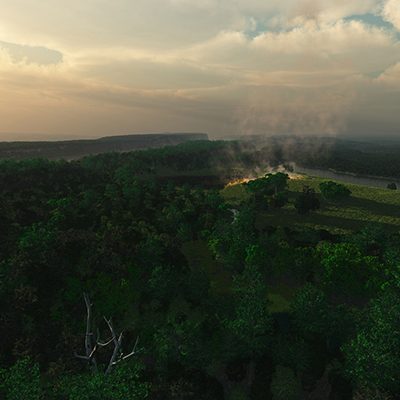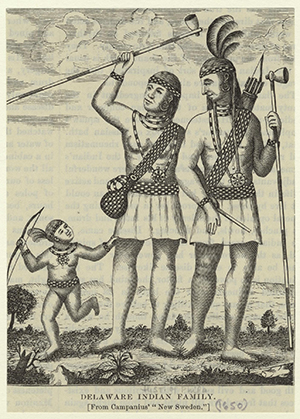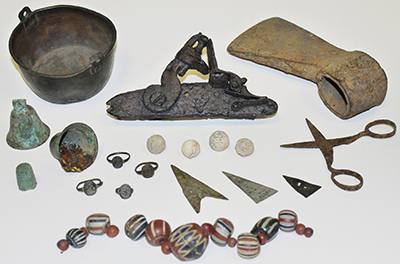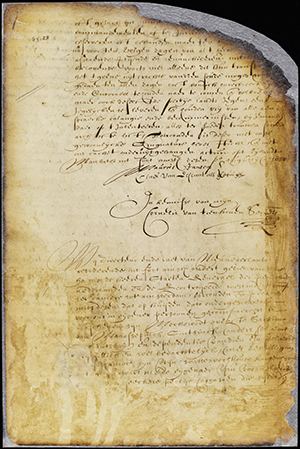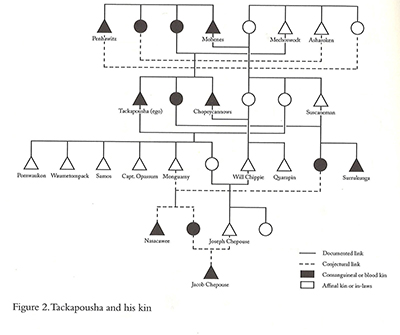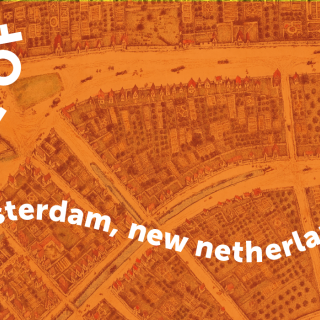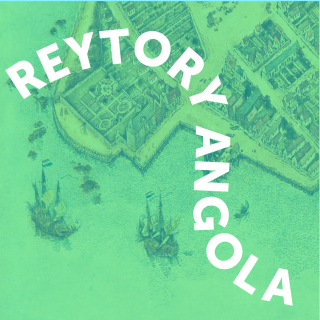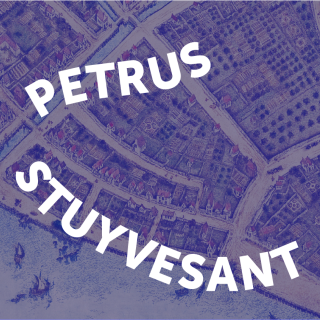Penhawitz
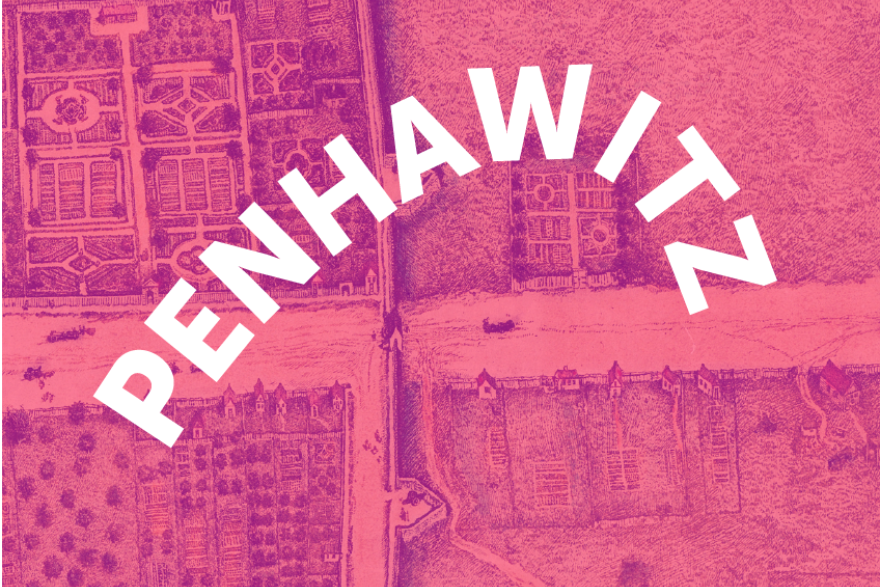
Penhawitz (d.1643) was an indigenous leader in Lenapehoking, a Lenape term for the ancestral lands that included large parts of Manhattan Island, Long Island, the lower Hudson Valley, and the upper Delaware Valley. He was a leader for Keschaechquereren, a major community near Canarsie, in what is now Flatbush, Brooklyn.
Long before Europeans stepped onto its shores, the Lenape had built communities for themselves in Lenahepoking. Archaeological evidence suggests that the Lenape lived in relatively small communities at modern-day locations like Archery Range, Ward’s Point, and Washington Heights-Inwood—sites which they situated along the coast’s bays and coves for their access to fresh water and wild foods. Living off the land meant they moved around seasonally depending on what was available to them in certain areas at different times of the year.
They built temporary yet sturdy lodgings for seasonal campsites and stored gathered food in earthen pits. They also built walking paths between the seasonal campsites, fishing sites, farms, hunting grounds, and more permanent dwellings. Beneath these living areas were the burial grounds they used for the remains of families and loved ones, which would travel with the people and be reburied to strengthen the bonds between the people and spaces they lived. These were the kinds of Lenape communities that Europeans encountered when they arrived at North America, with leaders like Penhawitz.
Reconstructing the life of Penhawitz as well as some of his kin based on the available records shows us that the Lenape’s intimate familiarity with their local environment allowed them to impact the events and livelihoods of European colonists in North America. Because of the dynamics of power that shape the construction of archives, historians have often relied on records made and kept by European people on Indigenous histories. Using a combination of European -made records, archeology, and Native oral histories, it is possible to try to reconstruct the lives of people like Penhawitz.
Penhawitz probably helped negotiate the distribution of land to some of the first Europeans colonists in Lenapehoking. Dutch deeds for land sales near Maspeth, Governor’s Island, and other parts of Brooklyn made between 1636 and 1638 suggest that leaders from Keschaechquereren were a part of to these land distributions. His name appears, for example, on a 1639 Massapequa deed as a cousin to the influential Massapequa leader, Mechoswodt. However, the Lenape probably understood themselves as allowing Europeans to use land temporarily as the concept of “land ownership” would not have made sense to the Lenape and other Indigenous people, who believed the land and natural resources could not be permanently owned by any individual or group.
of Massapequa leader, Mecosowdt.
Penhawitz was in a leadership role well into the 1640’s. Beginning in 1639, director Willem Kieft tried to fix the prices of maize (corn) to better favor the Dutch. Willem also began to demand animal furs, wampum, and maize as tribute from the Lenape in payment for what he claimed to be Dutch protection. These decisions began a series of violent episodes between Indigenous and European peoples which later came to be known as “Kieft’s War,” named for the director who was responsible for much of the violence. Penhawitz likely played a central role in the multiple peace talks that took place throughout the war, like the peace treaty on behalf of the Natives of Long Island on March 25, 1643.
But these treaties did not last as the Dutch failed to offer proper reparations to Indigenous communities who had suffered destruction and death. Wiechquaesgecks from northern Manhattan and Wappingers from the Hudson Valley continued to burn isolated Dutch farms in the lower Hudson valley. Some Native communities tried to broker peace, as Gauwaroe, a Matinecock leader from Long Island, did for his own people along with the neighboring Massapequa and Secatogue. The turning point came in 1645, when Willem Kieft contracted the Englishman John Underhill (infamous for leading the 1637 Mystic Massacre of Natives in Connecticut) to lead a force of Dutch and English soldiers against the Lenape. Underhill led his soldiers on a rampage through Native lands which destroyed many Lenape communities and killed more than 700 Indigenous men, women, and children. Penhawitz’s town Keschaechquereren, for example, disappeared from Dutch maps and records after 1645, as did Penhawitz himself.
In the wake of Underhill’s attacks, leaders' communities all around Manhattan attempted to broker peace. One of these leaders was Tackapousha, who represented the Marechkawicks and Nayacks of Long Island. Tackapousha may have been the son of Mechoswodt, Penhawitz’s cousin, though both Penhawitz and Mechoswodt referred to Tackapousha as their “son,” reflecting the existence of a system of familial relationships in which children possibly referred to both their mother’s husband and brother as “father.” Tackapousha began to emerge as a prolific leader in this period, taking on the mantle of responsibilities from his predecessors.
Tackapousha played a vital role in the next two decades of Native-European relations. In the wake of another series of Indigenous attacks on Dutch communities in 1655, Tackapousha cultivated an alliance with then director Petrus Stuyvesant against Natives with whom his people had been at war for years. In November of 1655, Tackapousha sent a delegation to offer the Dutch “absolute friendship” and reaffirm the peace between the two groups since Penhawitz's time.
Ultimately, the carefully reconstructed lives of people like Penhawitz demonstrate that Indigenous leaders had influence on the relationships between the Native communities and the European colonists. In the 1670’s, for example, an elderly Lenape man who went by the name Jasper, recalled how in his younger years, he had brought fish to the doorsteps of Europeans who struggled to feed themselves. Indigenous peoples were not simply passive victims of European violence (though that violence cannot be overlooked). Despite decades of colonial violence, the fact remains that Europeans would not have survived in Lenapehoking without the assistance of Indigenous peoples, who understood how to live in the environment much better than Dutch colonists. Individuals like Penhawitz understood these realities, and used the encounter with Europeans to their advantage, building new trading and military alliances in ways that made sense within their own historically contingent cultures.
